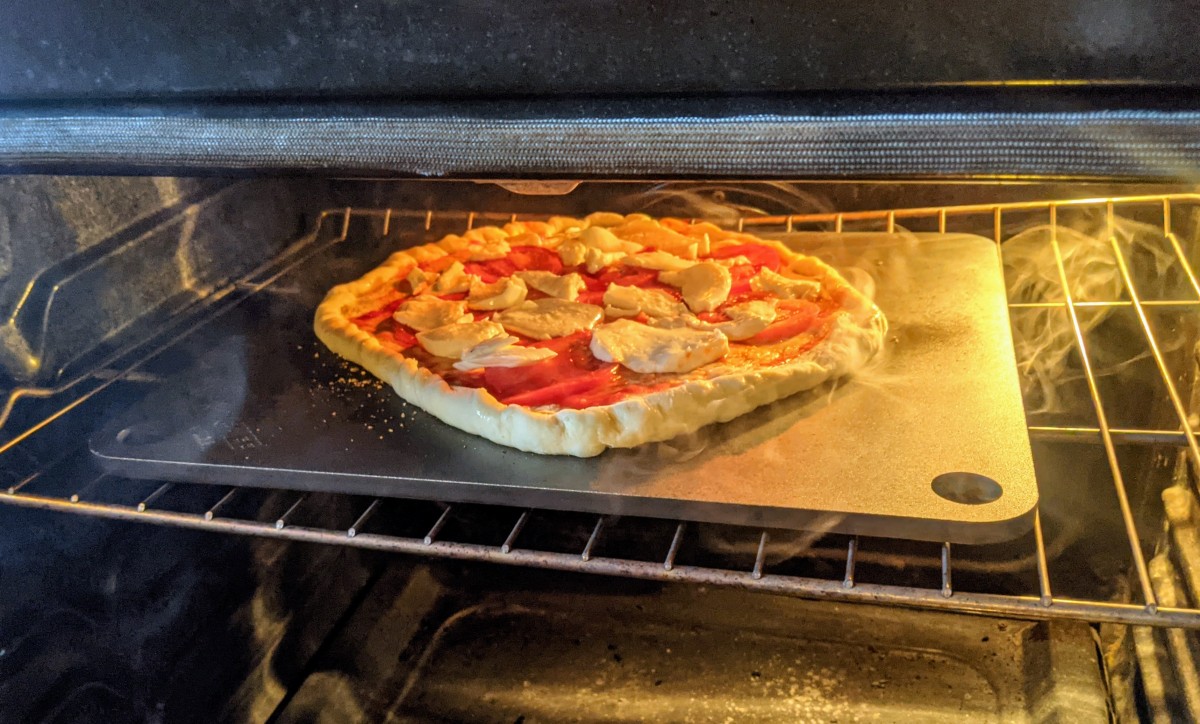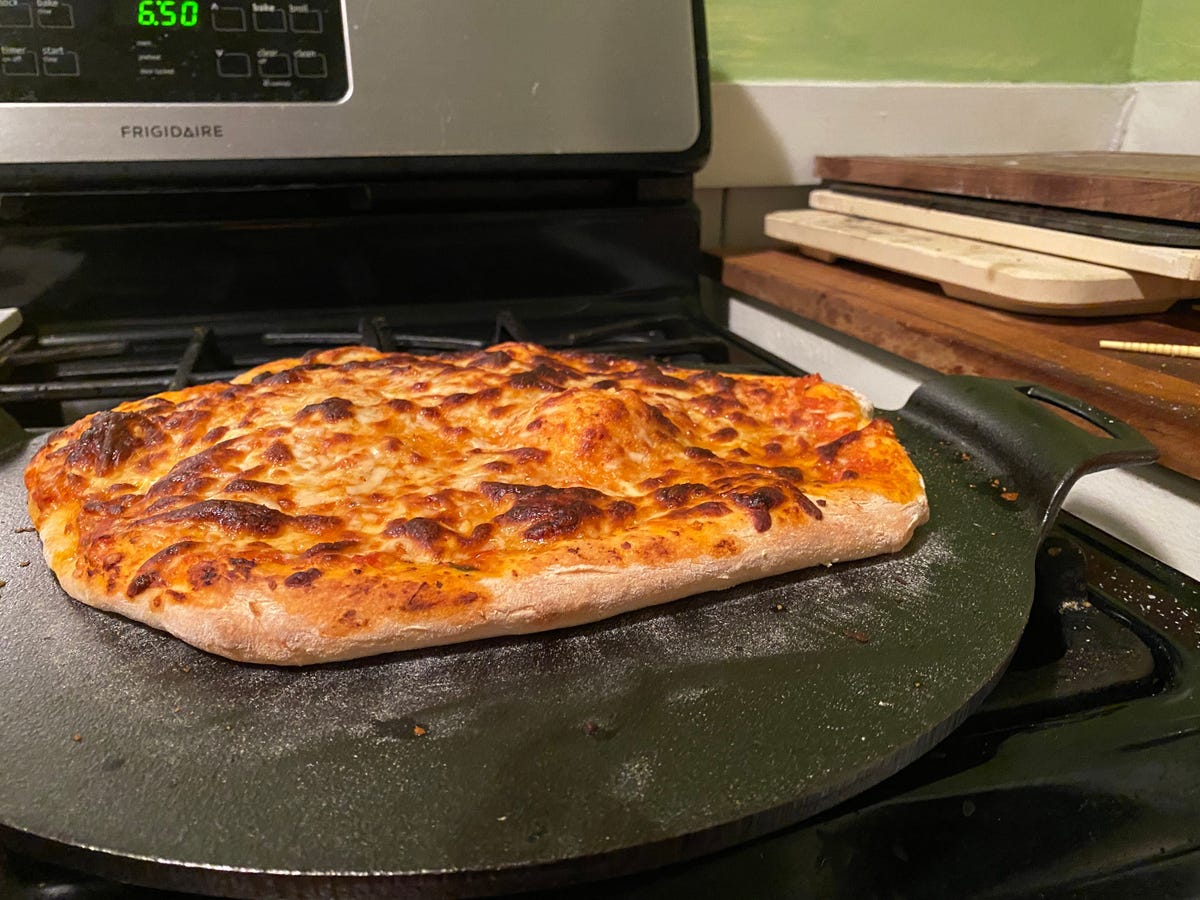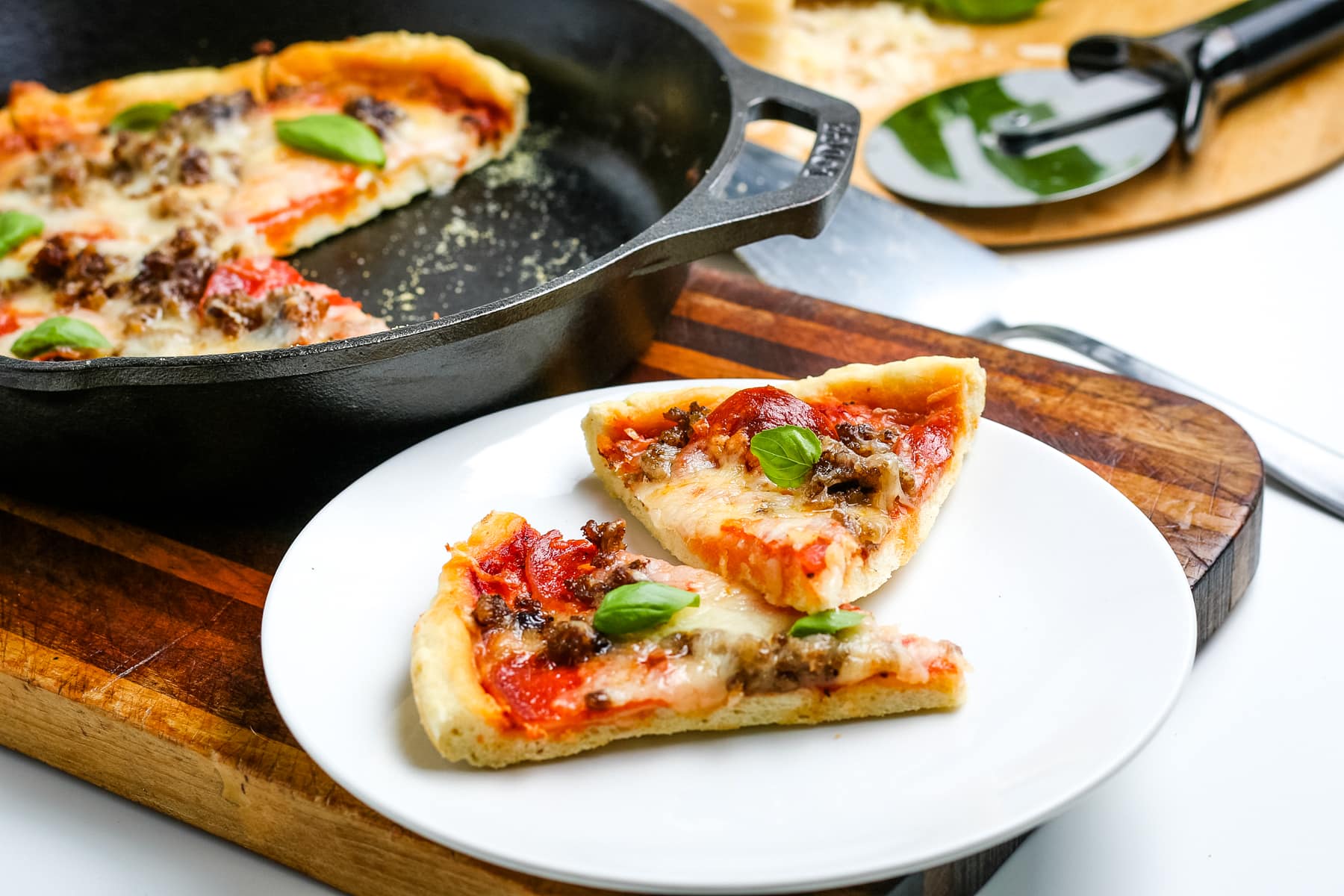For kitchen professionals, understanding the nuances of cooking tools is paramount, and one question often arises: Is using a baking stone in a convection oven truly beneficial? The answer is a resounding yes. A baking stone, known for its heat retention, provides an even cooking surface that is ideal for baking items like pizza, bread, and pastries with impeccable texture.
Incorporating a baking stone into a convection oven setup can elevate baking outcomes significantly. The convection oven, with its fan that circulates hot air for even cooking, pairs perfectly with a baking stone's ability to evenly distribute heat, making for a superlative culinary ally. Let's explore the details of maximizing the use of these tools in a professional kitchen setting.

Benefits of Baking Stones in Modern Kitchens
Baking stones are indispensable for achieving the perfect crust. By absorbing and distributing heat evenly, these stones negate the common issues of burnt edges or unevenly cooked bottoms. This consistency is vital for professionals who strive for perfection in every dish.
In conjunction with a convection oven, baking stones enhance the oven's efficiency. The fan-driven heat enables quicker cooking, which is complemented by the baking stone's capacity for maintaining consistent high temperatures. This synergy results in perfectly baked goods that exhibit both a crispy exterior and a soft, evenly cooked interior.
Using a Baking Stone in Your Convection Oven
Starting off, it's crucial to properly position the baking stone. Typically, place it on the lower rack to optimize the reflective heating properties of the stone. Preheating is another critical step; ensure that both the oven and the stone preheat together for at least an hour. This is essential for the stone to reach its optimal temperature, promoting superior results.
Need tips on how to correctly preheat a baking stone? Visit our guide on preheating baking stones for more insights.
Troubleshooting Common Issues
Even seasoned professionals can face challenges when employing baking stones in a convection oven. Some common issues include cracking stones or uneven temperature distribution. These can often be traced back to improper handling or a stone that hasn't been appropriately preheated.
For advice on avoiding these pitfalls, consider consulting our piece on maintaining a crispy crust with baking stones, which includes tips on ensuring your stones are well-maintained and used efficiently.
Exploring New Recipes and Techniques
Optimizing your use of a baking stone opens a world of culinary possibilities. From crafting artisan breads to perfecting the *golden crust of a Neapolitan pizza*, these outcomes depend significantly on your knowledge of how to use these tools efficiently within a convection oven.
For those looking to expand their recipes, check out our collection of bread recipes specifically designed with baking stones in mind.

FAQs
Can all baking stones be used in convection ovens?
Yes, most baking stones are compatible with convection ovens as long as they are properly preheated and handled with care.
How long should I preheat the stone?
A typical preheat time is around one hour; this ensures the stone reaches the optimal temperature.
Will a baking stone work for all types of baked goods?
While baking stones are particularly effective for bread and pizza, they can be used for a variety of baked goods. Some experimentation is recommended to find the ideal setup for different recipes.
This article contains affiliate links. We may earn a commission at no extra cost to you.






Leave a comment
This site is protected by hCaptcha and the hCaptcha Privacy Policy and Terms of Service apply.